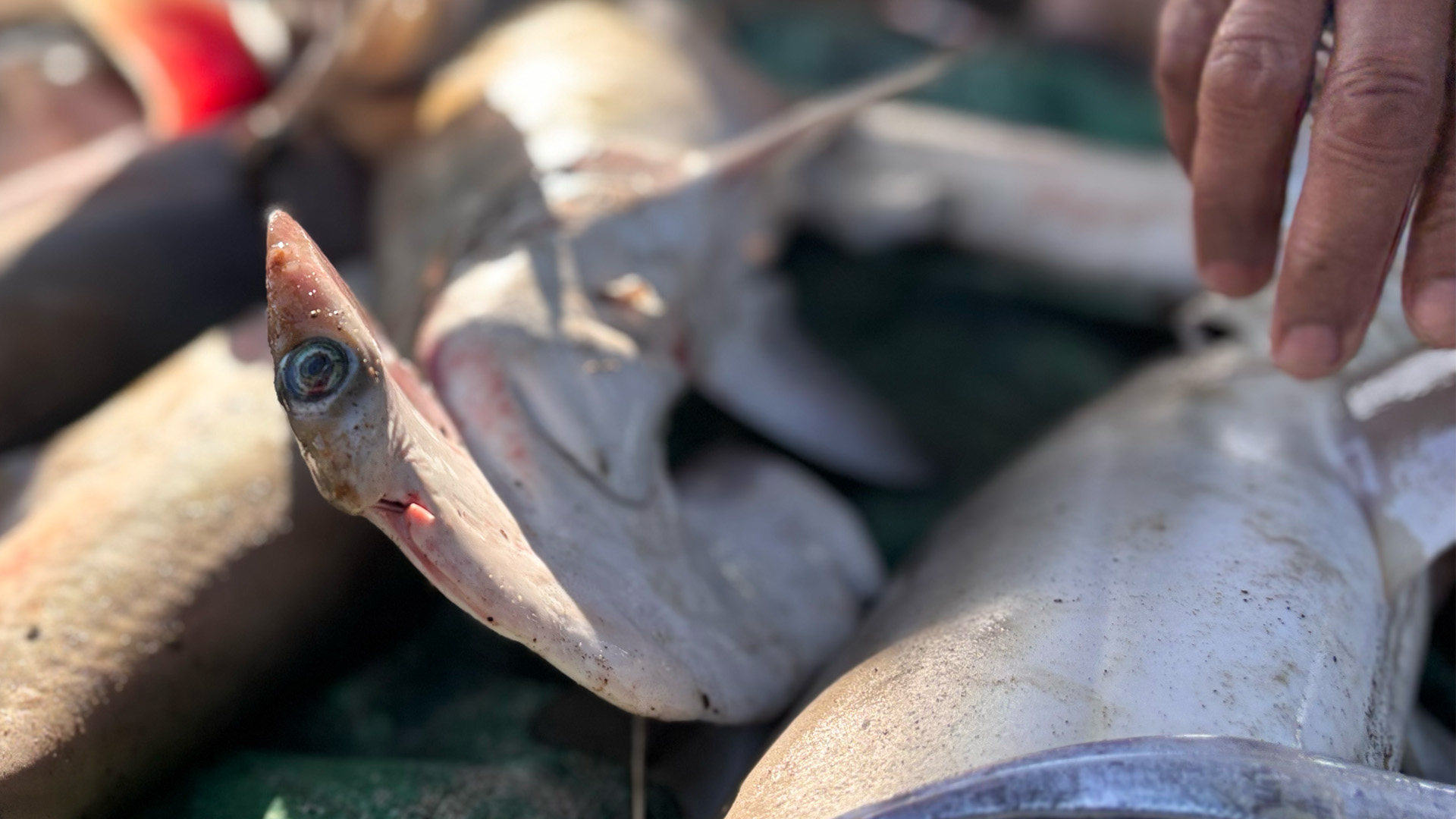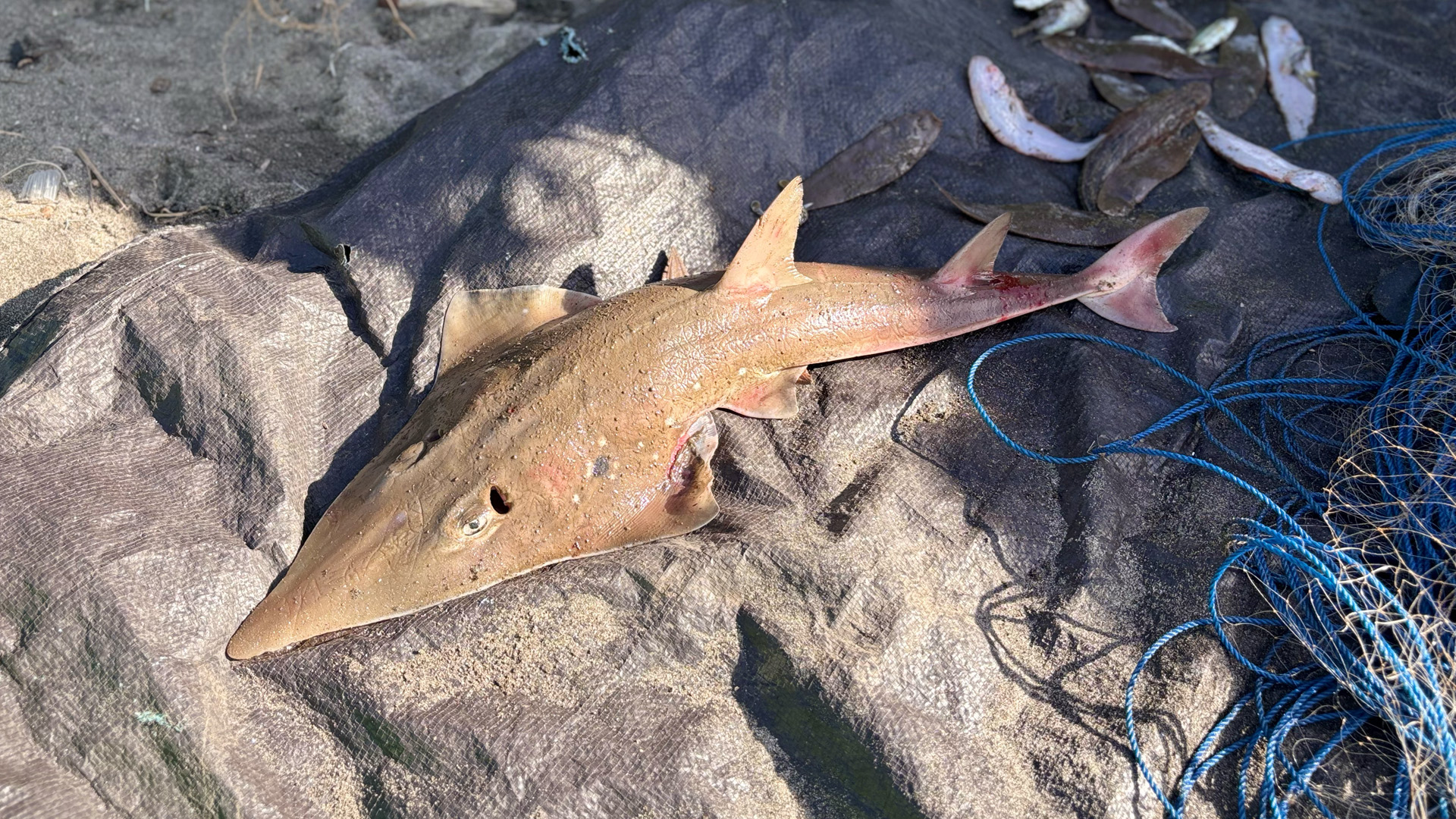The role of an interdisciplinary perspective in protecting Critically Endangered elasmobranchs whilst maintaining human wellbeing
In Indonesia, the interdisciplinary value is often overlooked when it comes to solving complex, real-world problems. There’s a widespread expectation that academic and professional credibility comes from following a single, linear path—from undergraduate to doctoral studies within the same discipline. I’ve experienced this scepticism personally, as someone who’s academic and research journey has drawn from multiple fields. People often ask why I decided to take this path, and many find it hard to categorize me within the traditional boundaries of expertise. But the thing is, this interdisciplinary perspective is exactly what has allowed me to take on some of the most pressing challenges facing coastal communities today. Rather than a limitation, I see it as my greatest strength. It allows me to see problems from multiple angles—ecological, social, and economic—and to connect the dots between species conservation, community livelihoods, and policy design.
Nowhere is this more evident than in my current research and conservation work in Lunyuk, a remote area on the southern coast of Sumbawa, Indonesia. Here, the communities rely heavily on coastal and marine resources for their daily survival, particularly through small-scale fisheries. At the same time, this region overlaps with an Important Shark and Ray Area (ISRA)—home to several critically endangered elasmobranchs, including species like Sphyrna lewini (scalloped hammerhead shark) and Rhynchobatus australiae (bottlenose wedgefish).

Critically endangered scalloped hammerhead caught by the fishers in Lunyuk. Photo © M Said Ramdlan
This situation presents a clear and difficult trade-off: How do we protect species teetering on the edge of extinction without jeopardizing the livelihoods of the people who depend on the same ecosystem for food and income?
Through our project funded by the Save Our Sea Foundation, I’ve been working to co-develop solutions that recognize and integrate the needs of both nature and people. It’s not enough to look at this as an ecological issue alone. True solutions must also account for social systems—local knowledge, traditions, power dynamics—and economic realities, such as limited access to markets, changing fish prices, and financial insecurity among fishing households.

Critically endangered bottlenose wedgefish caught by the fishers in Lunyuk. Photo © M Said Ramdlan
This is where my interdisciplinary discipline and training has been vital. It enables me to speak across disciplines—to engage marine biologists, economists, and policymakers in the same conversation. It also helps build trust with the local community by acknowledging that conservation goals must be aligned with their lived experiences and aspirations.
As the global population rises and natural resources become increasingly scarce, this balancing act between conservation and human wellbeing is not unique to Indonesia—it is a global challenge. But in places like Lunyuk, where data is limited, infrastructure is basic, and policy support is thin, the stakes are even higher. We need more professionals who are not confined by disciplinary silos. We need thinkers, researchers, and practitioners who are willing to blur the lines between fields in order to solve problems that don’t fit neatly into any one category.
Being an interdisciplinary person doesn’t always make the journey easier—but it makes the solutions stronger. And in Lunyuk, where sharks, rays, and people all share the same fragile coastline, strength, flexibility, and collaboration are exactly what we need.
